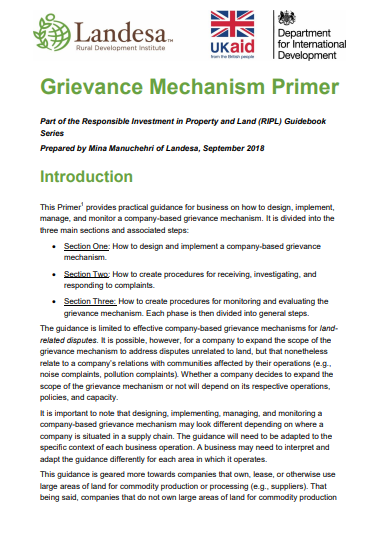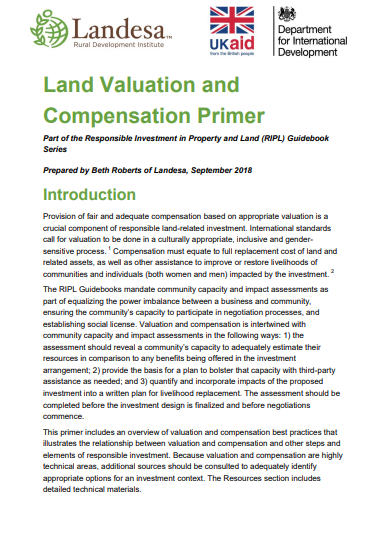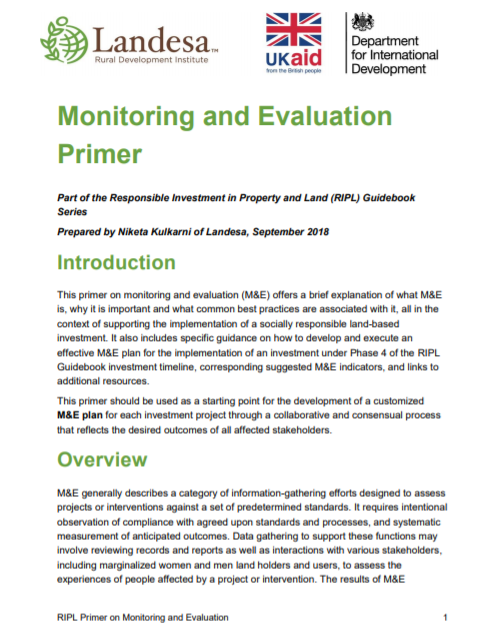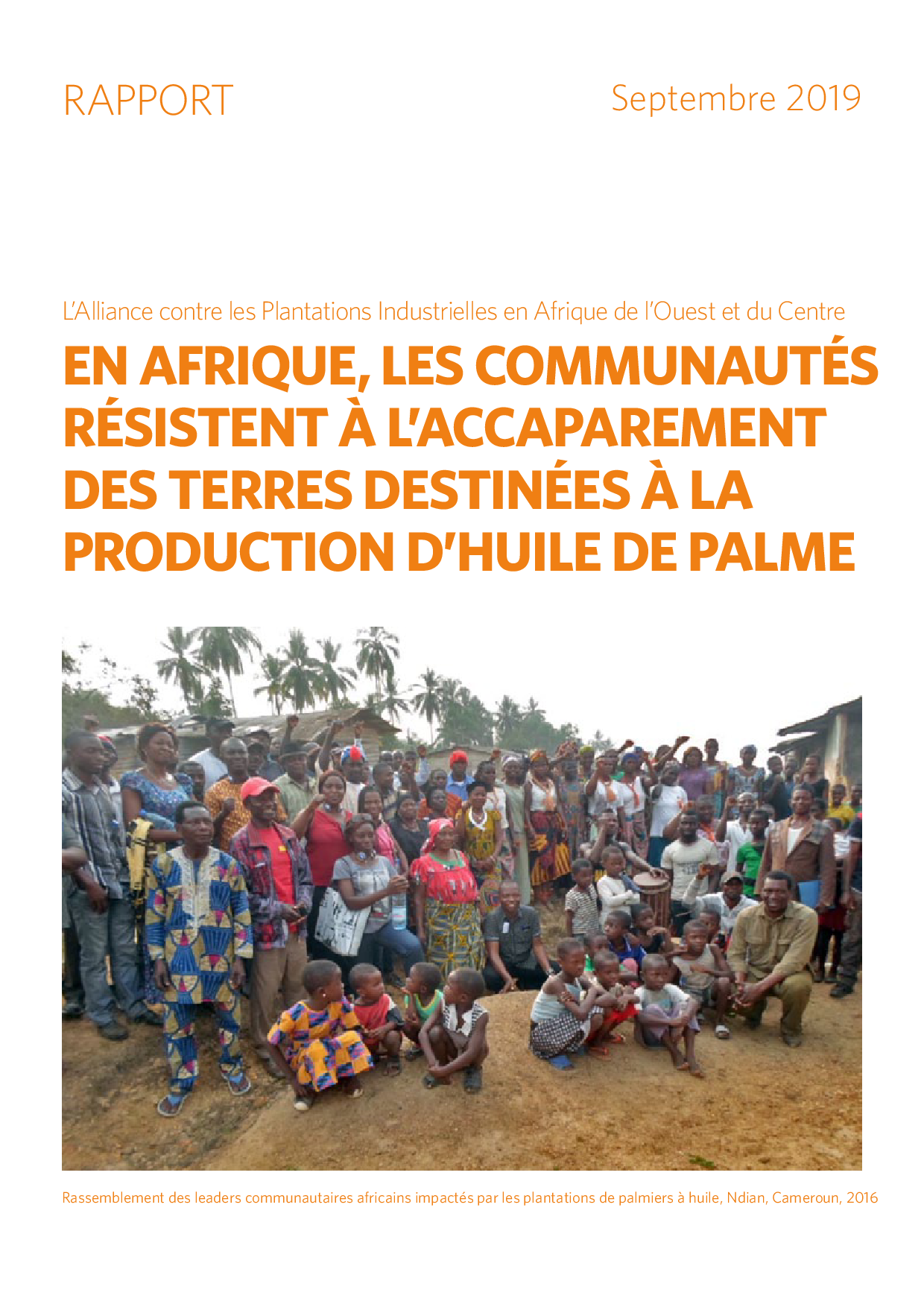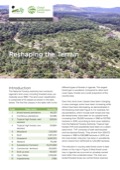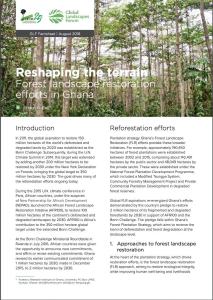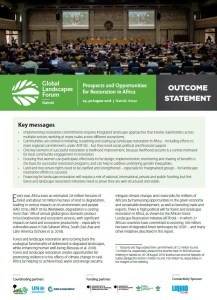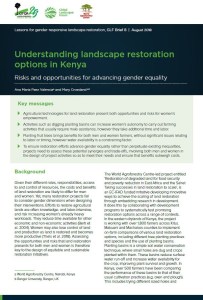Gender Primer (Responsible Investment in Property and Land (RIPL) Guidebook Series)
This primer provides guidance for companies who seek to ensure that risks for project-affected communities are minimised, especially for women, who can be more vulnerable than men when it comes to land tenure. It provides step by step requirements to ensure that women as well as men are aware of and benefit from a proposed land transaction. For each step, the primer includes a checklist of questions to help guide the work and a list of resources where more detailed information can be found.

